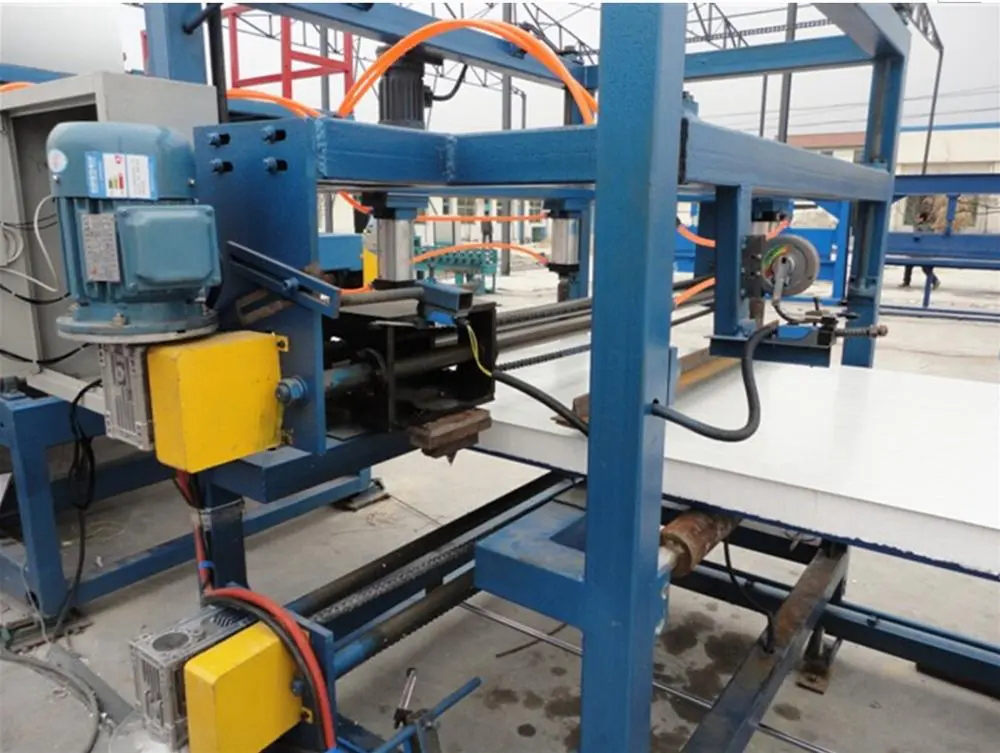
Understanding the Shelf Back Panel Roll Forming Machine A Key to Efficient Manufacturing
In the realm of modern manufacturing, efficient and precise production methods are paramount. Among various technologies available, the shelf back panel roll forming machine has emerged as a critical piece of equipment for companies involved in the fabrication of metal components. This article delves into the workings, advantages, and applications of this innovative machinery.
What is a Shelf Back Panel Roll Forming Machine?
A shelf back panel roll forming machine is specifically designed to produce back panels for shelves, commonly used in retail environments, warehouses, and various display systems. This machine takes flat metal coils as raw material and transforms them into intricately shaped panels through a series of rollers. The process involves several stages, including feeding, molding, cutting, and finishing, all while maintaining high levels of precision and speed.
The roll forming process provides manufacturers with the ability to create complex profiles from metals such as steel, aluminum, and other alloys. The contour and dimensions of the back panels can be precisely tailored to meet specific design requirements, making this machinery incredibly versatile.
How Does It Work?
The operation of a shelf back panel roll forming machine can be summarized in a few key steps
1. Feeding The process begins with the feeding of metal coils into the machine. These coils are often pre-treated to enhance their quality and durability.
2. Roll Forming As the coils pass through a series of rollers, the machine shapes the metal into the desired profile. Each roller is carefully designed to gradually mold the metal, ensuring that the final product retains the highest accuracy.
3. Cutting Once the metal has been shaped, it is cut to length using automated cutting tools. This ensures consistency across all panels produced.

Advantages of Using Roll Forming Machines
1. High Efficiency Roll forming machines can operate at high speeds, significantly reducing production time compared to manual methods. This efficiency translates to increased output and lower labor costs.
2. Cost-Effectiveness The automated nature of roll forming minimizes material waste and labor expenses, resulting in cost savings for manufacturers. Furthermore, the consistent quality of the panels reduces the likelihood of defects, which can incur additional costs.
3. Versatility These machines can be adjusted to produce various panel designs and sizes, making them suitable for a wide range of applications. Whether for industrial shelving, retail display systems, or custom-designed storage solutions, the roll forming machine can accommodate diverse requirements.
4. Durability and Strength The roll forming process enhances the structural integrity of the metal panels, making them robust and suitable for heavy loads. This is particularly important in environments where reliability is crucial.
Applications in Various Industries
Shelf back panel roll forming machines find application in several sectors. Retail businesses use them to create effective display systems for products, while warehouses rely on them for durable shelving units that organize and store inventory efficiently. Additionally, manufacturing industries that produce custom shelving solutions benefit from the precision and adaptability of this machinery.
Conclusion
The shelf back panel roll forming machine represents a synthesis of technology and efficiency in manufacturing. Its ability to produce high-quality, durable shelving panels quickly and cost-effectively makes it an indispensable tool in various industries. As businesses continue to seek ways to enhance productivity and reduce costs, the adoption of roll forming technology will likely expand, further revolutionizing the manufacturing landscape. Embracing such innovations not only meets current market demands but also prepares companies for future challenges in an ever-evolving industry.